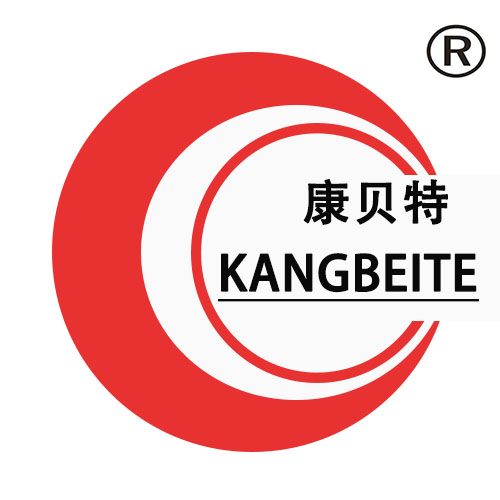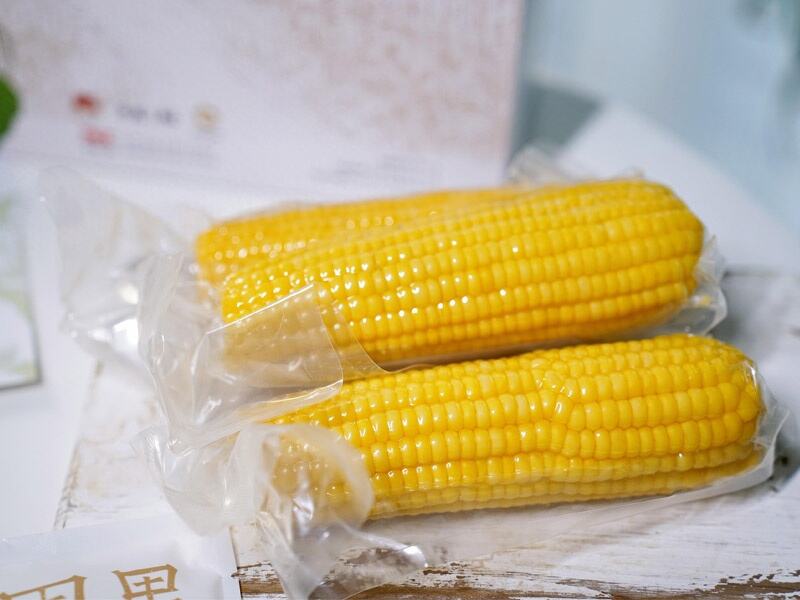Sustainable Material Innovations in Food Packaging
Compostable Plant-Based Packaging Solutions
Compostable plant-based packaging solutions are transforming the food industry's approach to sustainability by offering biodegradable alternatives that reduce landfill waste. These materials, typically derived from renewable resources like corn, sugarcane, and potato starch, possess properties comparable to traditional plastics in terms of durability and versatility. As a result, they are increasingly preferred for packaging applications, enhancing brand reputation and customer loyalty. Notable projects like the use of bioplastics by leading food brands showcase the practical benefits of these materials, proving their viability in the mass market. In fact, an environmental impact study indicates that plant-based packaging can decompose into nutrient-rich compost, significantly reducing the environmental footprint compared to conventional petroleum-based plastics.
The effectiveness of compostable packaging extends beyond its environmental benefits by contributing positively to consumer engagement. Brands harness these biodegradable solutions to signal their environmental commitment, aligning with growing consumer demand for eco-friendly choices. Successful initiatives include brands that have adopted bagasse-derived products, replacing plastic cups and containers in cafes and fast-food outlets. A critical factor in compostable packaging's rising acceptance is the substantial reduction of waste in landfills and oceans. This exemplifies how innovative plant-based solutions play a crucial role in addressing the environmental issues posed by traditional plastic packaging.
Advancements in Recyclable Mono-Materials
Recyclable mono-materials represent a significant leap forward in sustainable packaging innovations, promoting efficiency in recycling processes. These materials, which consist of a single type of substance (such as polyethylene or polypropylene), simplify recycling, thereby enhancing the sustainability of packaging systems. New technological innovations have improved the recyclability of mono-materials, making them a preferable choice for both consumers and manufacturers. This advancement eliminates the need for complex material separation during recycling, thus reducing operational waste and costs associated with multi-layered packaging.
Several food brands have successfully implemented mono-material technologies to minimize environmental impacts and enhance recycling efficiency. For instance, replacing traditional multi-material packaging with mono-material solutions has significantly improved recycling rates, contributing to reduced carbon footprints. The long-term advantages of employing mono-materials include increased recycling rates and substantial environmental benefits, aligning with global sustainability goals. Statistics show that ongoing technological developments and consumer awareness will likely drive higher adoption rates, cementing mono-materials as a cornerstone in the future of recyclable packaging.
Smart Packaging Systems for Food Industry Efficiency
IoT-Enabled Traceability Technologies
IoT technology is revolutionizing traceability in the food industry by providing comprehensive tracking and monitoring solutions. By integrating IoT with packaging, companies can trace food products from farm to table, ensuring transparency and accountability in the supply chain. Benefits of this include enhanced food safety, as IoT enables real-time monitoring of temperature, humidity, and handling conditions. This results in better quality control and less spoilage, ultimately ensuring consumers receive safer and fresher products.
For instance, notable companies are already implementing IoT-driven packaging solutions to gain an edge. Such implementations can significantly reduce product recalls and waste, as effective tracking metrics allow for quick identification and removal of compromised batches. This not only saves costs associated with recalls but also minimizes environmental impact by reducing food wastage.
QR Codes and Consumer Engagement Tools
QR codes have become an integral element of modern smart packaging, acting as conduits for enhanced consumer interaction. By scanning these codes, consumers can access detailed product information, promotional content, and even trace the product's journey. This transparency not only builds trust but also engages consumers by aligning with their growing desire for digital interactions.
Consumer response to digital innovations like QR codes has been favorable, with increased engagement seen across several case studies. For example, brands using QR codes have noted improved customer loyalty and a deeper connection with their audience. Moreover, QR codes have a significant impact on sustainability communication, promoting brand transparency and educating consumers on environmentally conscious practices. This alignment can strengthen brand reputation and appeal to eco-minded consumers, showcasing commitment to sustainability beyond the product itself.
Breakthroughs in Edible and Biodegradable Packaging
Seaweed-Derived Edible Films
Seaweed is emerging as an innovative and sustainable basis for edible packaging solutions. With an inherent ability to be flexible, seaweed-derived films showcase impressive barrier properties, making them ideal for protecting food products from moisture and oxygen. The global shift towards environmentally friendly packaging underscores the potential of seaweed films as both biodegradable packaging and food-grade solutions. Real-world applications illustrate this trend; for instance, startups and companies focused on reduced packaging waste are exploring seaweed films’ market viability. According to a study in the Journal of Food Science, seaweed film demonstrates effective mechanical and barrier properties, supporting its use in the food sector to replace traditional plastics.
Dissolvable Containers for Zero Waste
Dissolvable containers are a revolutionary approach towards achieving zero waste goals in packaging. These containers are manufactured using materials like polymers that dissolve in water, thereby eliminating waste after use. Brands across various industries have successfully integrated dissolvable packaging into their offerings, highlighting its eco-friendly potential. For instance, specific brands in cosmetics and single-serve foods have adopted these containers, demonstrating significant waste reduction. Studies on environmental impact reveal that dissolvable packaging drastically cuts down landfill contributions and reduces ecological footprints, positioning it as a frontrunner in sustainable container technologies. Through harnessing such innovations, industries can contribute to a zero-waste future.
Operational and Environmental Impact of Modern Packaging
Reducing Food Waste Through Design Innovations
Innovative packaging designs play a crucial role in minimizing food waste by reducing spoilage and extending product shelf life. Packaging that effectively seals products from air and moisture is essential in preserving their freshness, as evidenced in the snack food packaging industry, which prioritizes materials that maintain quality. According to research in this area, enhanced packaging solutions have demonstrably cut down food wastage, emphasizing collaboration between packaging engineers and food producers for more sustainable results. These innovations not only benefit the environment but also enhance consumer satisfaction.
Packaging engineers are working closely with food manufacturers to devise solutions that address specific food permeability challenges. For instance, the introduction of active packaging technologies, which incorporate antimicrobial films, has significantly extended the shelf life of perishable goods. Through these advancements, empirical data reveals a marked decrease in food spoilage rates, proving that strategic packaging design is a key component in the broader effort to curb waste throughout the food supply chain.
Carbon Footprint Reduction Strategies
The packaging industry significantly contributes to carbon emissions, prompting an urgent need for strategies to minimize this impact. Effective approaches include utilizing sustainable materials and optimizing packaging designs to reduce weight and resource use. Statistics show that these methods have led to measurable carbon savings in various sectors, underscoring their effectiveness. For instance, the adoption of lighter materials and biodegradable options helps to diminish the carbon footprint associated with production and transportation.
Future trends in packaging are expected to focus heavily on reducing environmental impacts even further. Advances such as recyclable and refillable packaging solutions are gaining traction, aiming to make zero waste packaging a norm. These innovations will not only lower carbon emissions but also meet the growing consumer demand for sustainable products. As these trends take hold, the packaging industry will play an increasingly pivotal role in the collective effort to combat climate change.
Machinery Driving Packaging Innovation
Role of Automatic Filling Machines in Production
Automatic filling machines are quintessential in modern packaging lines, revolutionizing operational efficiencies. These machines streamline the bottling and filling process by using precision and speed, drastically reducing the time and labor traditionally required. This ensures not only enhanced production efficiency but also significant cost savings across operations. Notably, in the food production industry, automatic filling machines have become the backbone of packaging lines, particularly for liquid and semi-liquid products, leading to a surge in market adoption. For instance, statistics reveal a marked increase in the usage of these machines, which aligns with the booming demand for efficient packaging machinery, particularly in the sectors handling consumables like beverages and condiments. By integrating automatic filling machines, companies are able to maintain consistency, reduce waste, and accommodate various container sizes without frequent manual adjustments, ultimately translating into greater production efficiency and cost-effectiveness.
Industrial Coffee Line Integration with Smart Packaging
In the realm of industrial coffee production, smart packaging is significantly bolstering supply chain efficiency. By leveraging technologies such as interactive labels and packaging materials that maintain freshness, the integration of smart packaging is optimizing logistics and inventory management throughout the coffee production process. Leading companies in this sector are setting benchmarks by adopting such innovations, which are not only enhancing the quality and shelf life of coffee products but also improving traceability and reducing shrinkage in the supply chain. Market trends indicate substantial growth opportunities in smart coffee packaging, driven by consumer demand for premium, sustainably sourced coffee products. These packaging solutions often incorporate environmentally friendly components, thereby appealing to an eco-conscious consumer base while improving operational efficiency for producers. This underscores a pivotal movement in the beverage industry towards harnessing cutting-edge packaging technologies to meet contemporary challenges and consumer expectations.
Table of Contents
-
Sustainable Material Innovations in Food Packaging
- Compostable Plant-Based Packaging Solutions
- Advancements in Recyclable Mono-Materials
- Smart Packaging Systems for Food Industry Efficiency
- IoT-Enabled Traceability Technologies
- QR Codes and Consumer Engagement Tools
- Breakthroughs in Edible and Biodegradable Packaging
- Seaweed-Derived Edible Films
- Dissolvable Containers for Zero Waste
- Operational and Environmental Impact of Modern Packaging
- Reducing Food Waste Through Design Innovations
- Carbon Footprint Reduction Strategies
- Machinery Driving Packaging Innovation
- Role of Automatic Filling Machines in Production
- Industrial Coffee Line Integration with Smart Packaging

